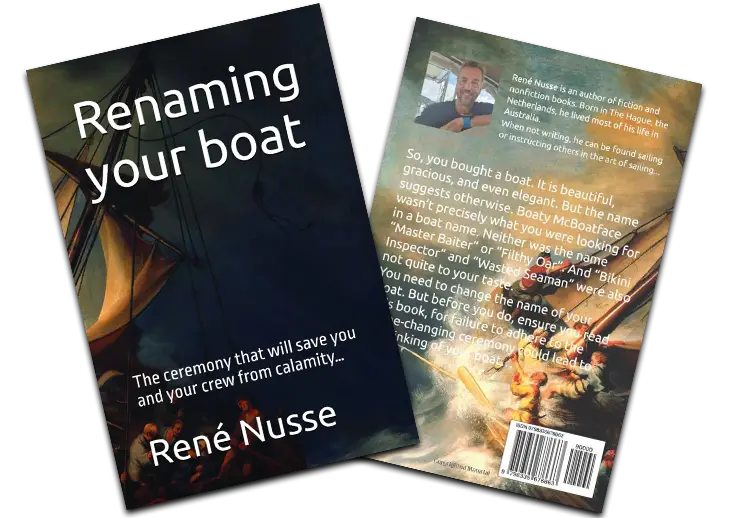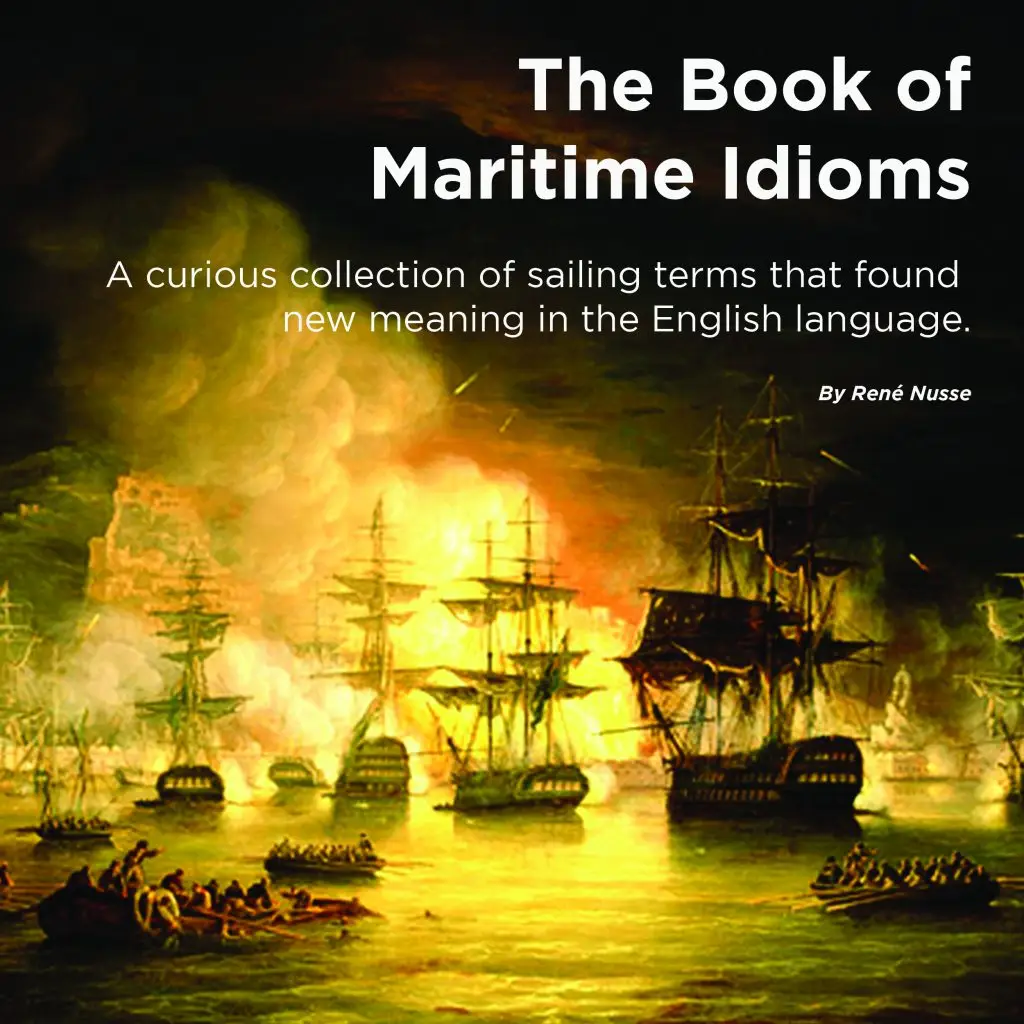AIS - Is it worth it?
AIS (Automatic Identification System) is a tracking and identification system used in the maritime industry to enhance navigational safety, collision avoidance, and situational awareness. It allows vessels to transmit and receive real-time information such as position, speed, course, and other data.
AIS is great for increasing your “look-out” capabilities on small yachts, specifically at night or when sailing shorthanded. Setting a radius around your yacht of, say, 5 nm, AIS will warn you audibly when a vessel enters this radius. Furthermore, it will tell you whether you are on a collision course! Loving it…
How AIS Works
AIS operates via a combination of VHF radio signals and GPS technology:
- Transmission: AIS-equipped vessels broadcast information over dedicated VHF frequencies.
- Reception: Other AIS-equipped ships and shore stations receive these transmissions, providing a real-time overview of nearby vessel traffic.
- Integration: Data is often displayed on chart plotters, electronic navigation systems, or standalone AIS receivers.
AIS Information Transmitted
AIS broadcasts two main types of data:
- Static Data (entered manually):
- Vessel name
- MMSI (Maritime Mobile Service Identity) number
- IMO number (if applicable)
- Vessel type
- Length and beam (dimensions)
- Dynamic Data (updated automatically via GPS or sensors):
- Vessel position (latitude and longitude)
- Course over ground (COG)
- Speed over ground (SOG)
- Heading
- Navigational status (e.g., anchored, underway)
- Rate of turn
Types of AIS Devices
Class A AIS:
- Mandatory for larger commercial vessels.
- Higher transmission power and frequent updates (every few seconds when moving, every few minutes when stationary).
- Transmits both static and dynamic data.
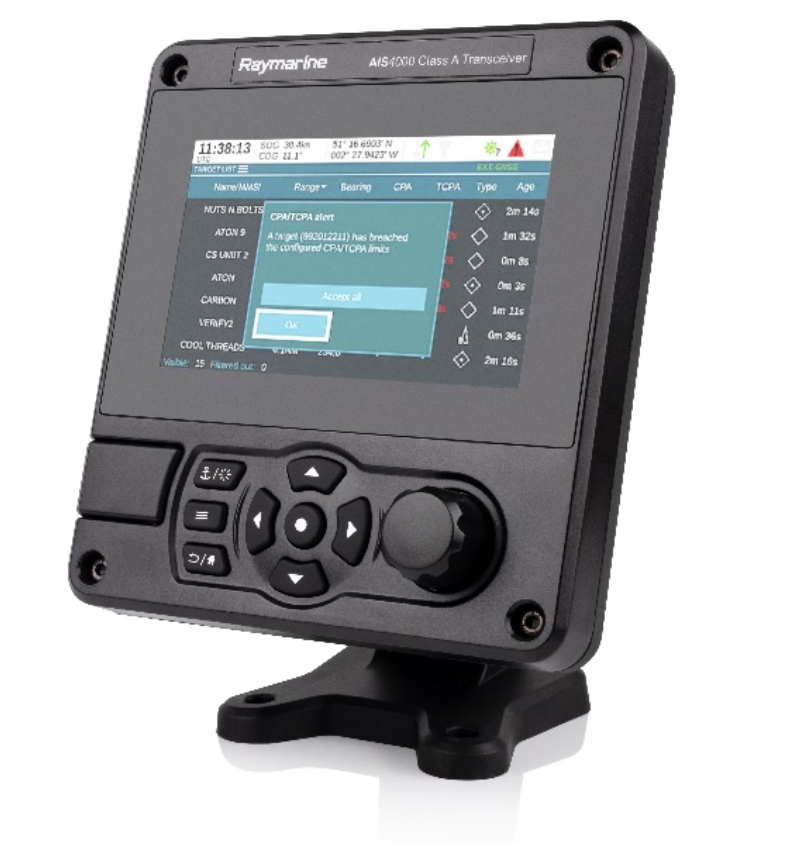
Class B AIS:
- Designed for smaller vessels (e.g., recreational boats, smaller fishing vessels).
- Lower transmission power and less frequent updates.
- Provides similar information but with a smaller impact on VHF traffic.
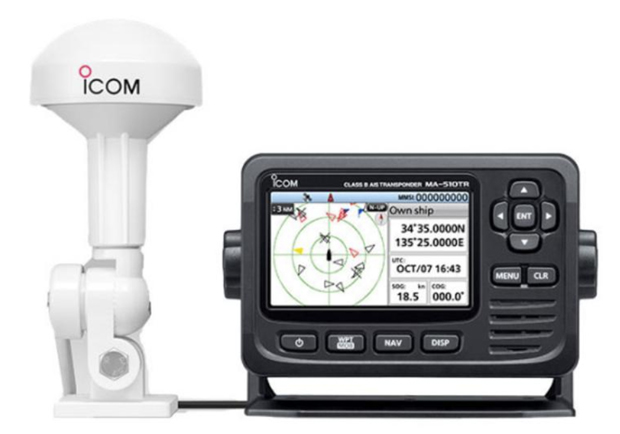
AIS Receivers:
- These can only receive AIS signals; they do not transmit. Used on smaller vessels for situational awareness.
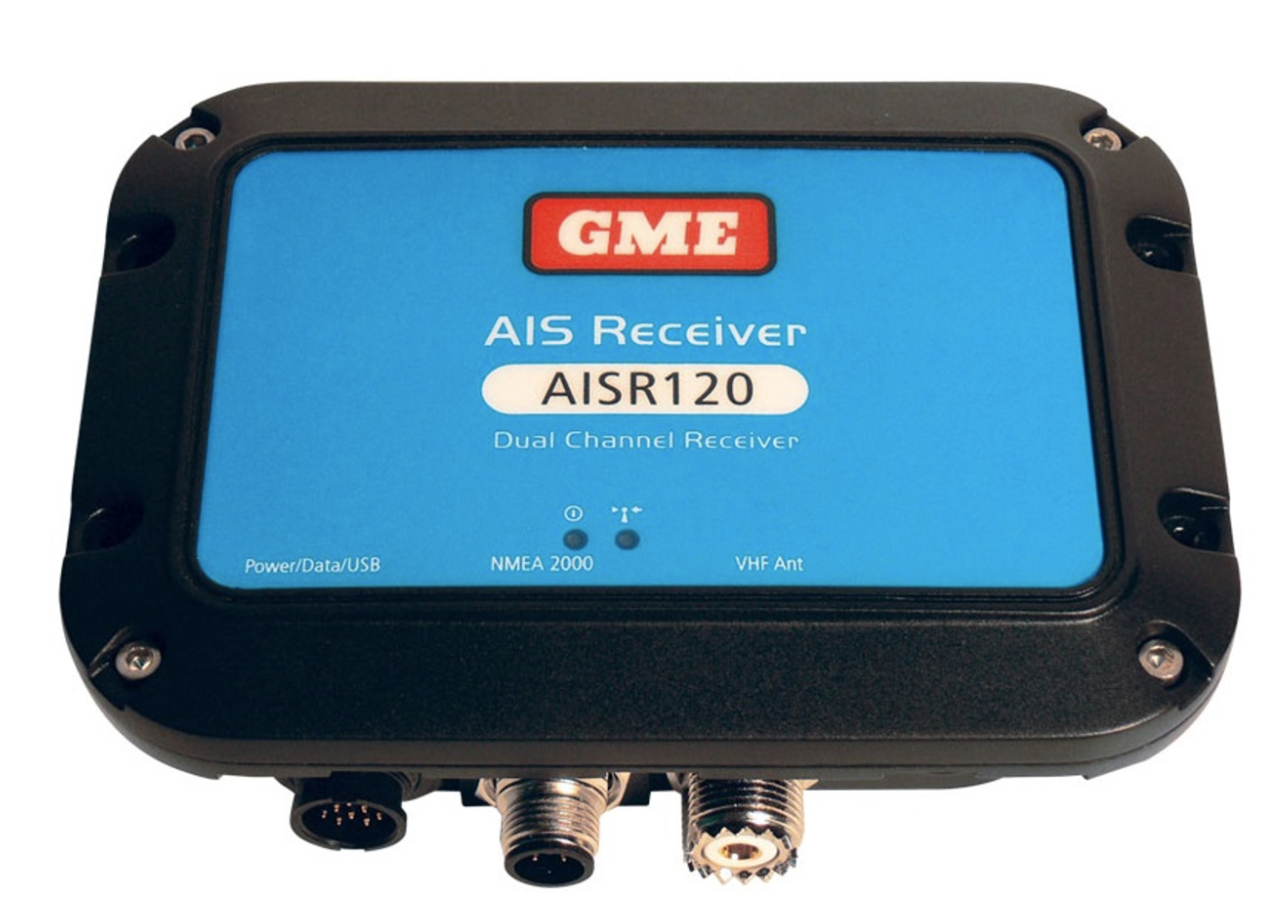
AIS-SART (Search and Rescue Transponder):
- A specialised AIS device for emergencies, allowing rescue teams to locate lifeboats or people in distress.
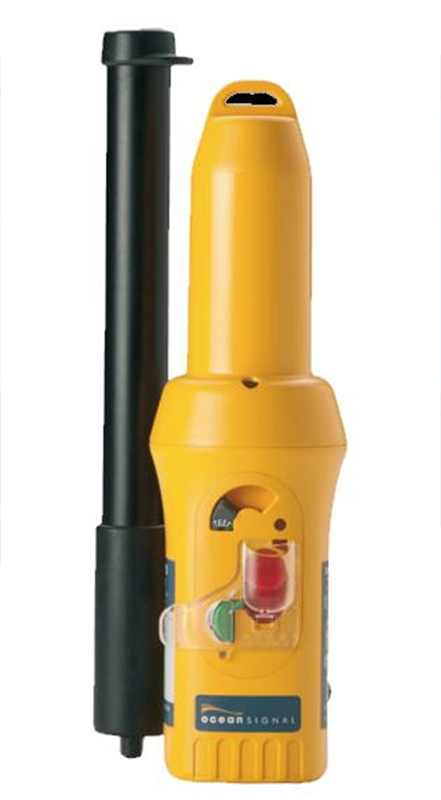
Benefits of AIS
Collision Avoidance:
- Provides real-time tracking of nearby vessels, including their direction and speed.
- Alerts crew members to potential collision risks.
Improved Traffic Management:
- Helps ports and authorities manage vessel movements efficiently.
- Assists in coordinating safe passage through busy waterways.
Search and Rescue (SAR):
- Helps locate vessels or individuals in distress by providing accurate position data.
Enhanced Security:
- Monitors vessel activities, aiding in identifying unauthorised or suspicious movements.
Limitations of AIS
Range:
- VHF-based, the range is limited to approximately 15–20 nautical miles, depending on antenna height.
Data Accuracy:
- Relies on user-input data for static information; errors can occur if the data is outdated or incorrect.
Visibility:
- Not all vessels must use AIS (e.g., smaller recreational boats), so not every nearby vessel will appear.
Signal Clutter:
- In busy ports, AIS data can become overwhelming without filtering.
Applications of AIS
- Commercial Shipping: Navigation and compliance with international regulations.
- Recreational Boating: Situational awareness for safety.
- Fisheries Management: Monitoring vessel activity for regulatory purposes.
- Search and Rescue: Locating vessels or individuals in emergencies.
- Marine Conservation: Tracking shipping activity to reduce environmental impacts.
AIS has become a cornerstone of modern maritime navigation and safety, helping vessels avoid collisions, aiding search-and-rescue missions, and supporting efficient maritime operations. I highly recommend AIS to those cruising our coastlines, particularly at night.
Please feel free to leave a comment below about your good/bad experience with AIS…
How does AIS compare with RADAR
AIS vs. RADAR
| Feature | AIS | RADAR |
|---|---|---|
| Primary Function | Vessel identification & data | Object detection & tracking |
| Detection Scope | AIS-equipped vessels only | All objects (land, ships, buoys, etc.) |
| Range | 10–20 nautical miles | Up to 72 nautical miles |
| Weather Dependency | Independent of weather | Affected by heavy rain/clutter |
| Setup Complexity | Plug-and-play | Requires tuning for accuracy |
| Stationary Objects | Not detected | Detected |

NAVIGATION RULES CLINIC + BASIC SAIL TRIM COURSE
Author
-

Rene is a keelboat instructor and sailing coach in the Mandurah area WA. He is also the author of several books about sailing including "The Book of Maritime Idioms" and "Renaming your boat".
View all posts

